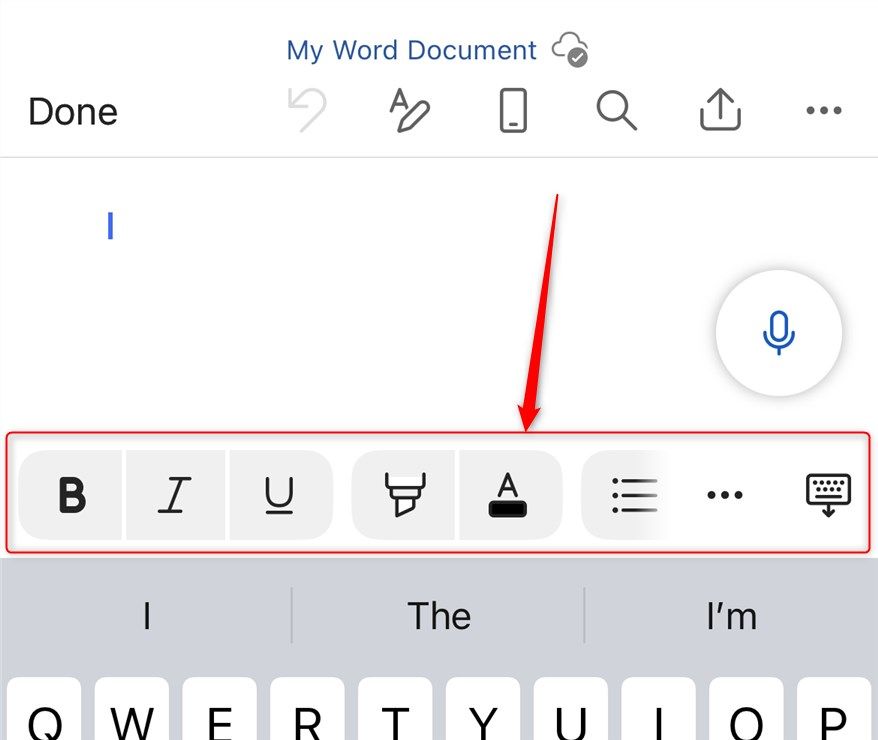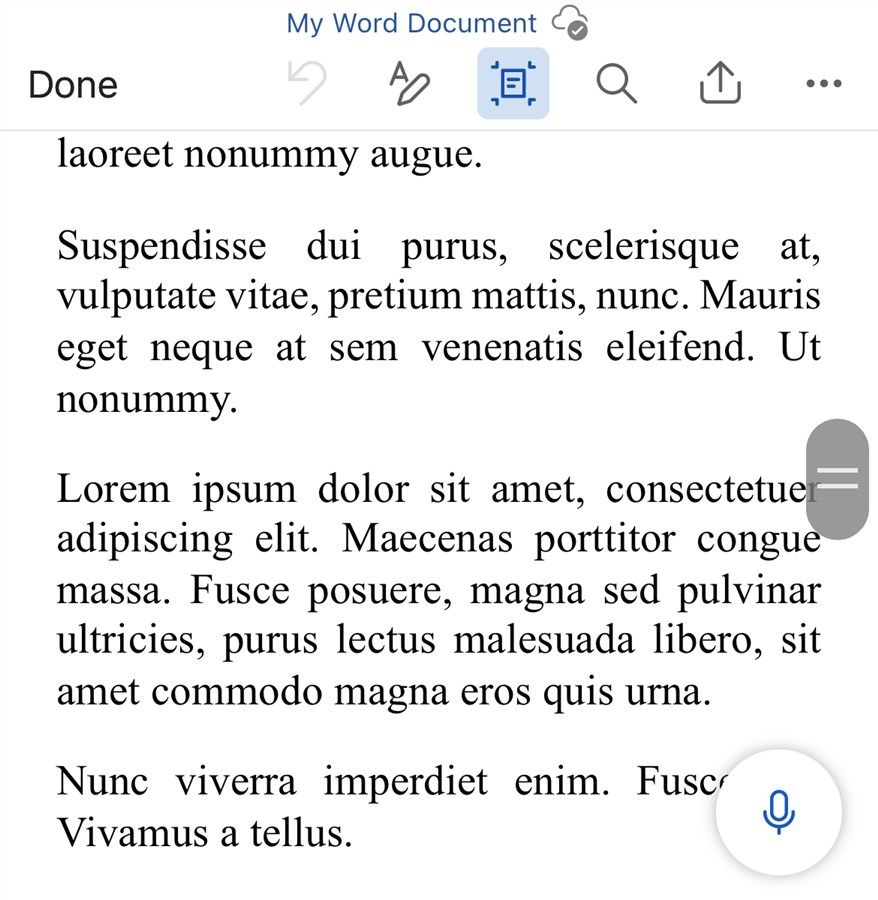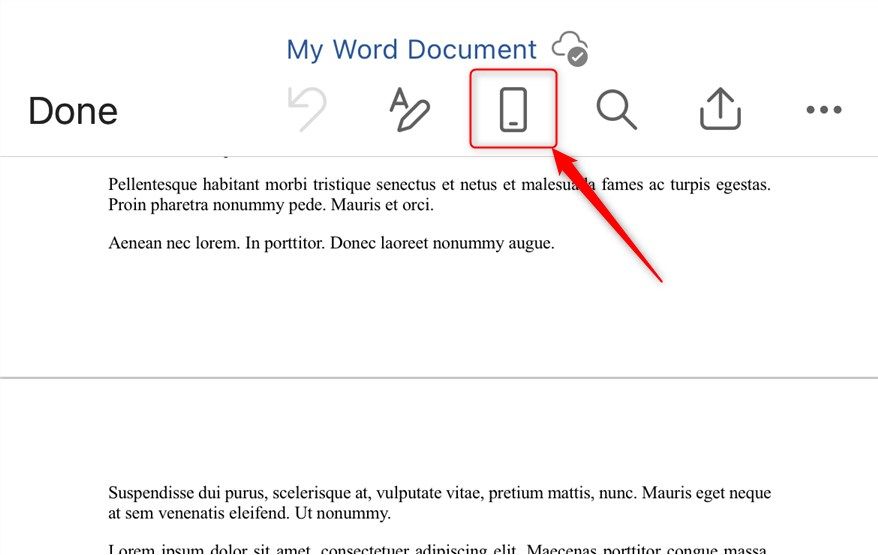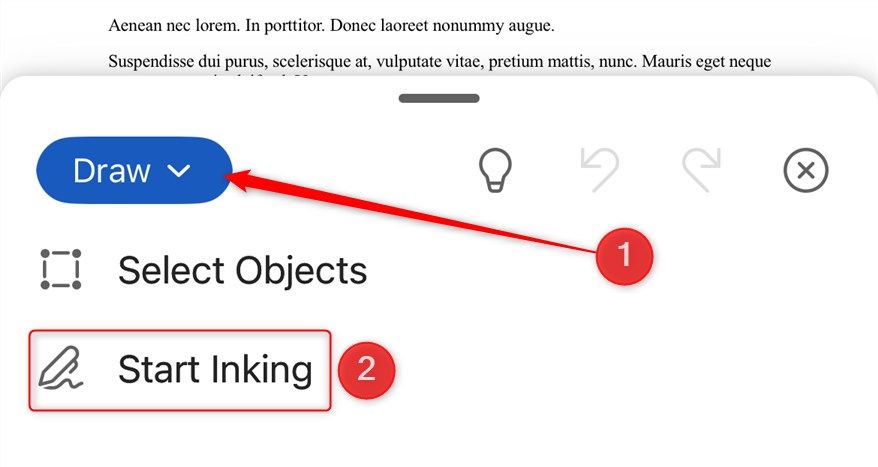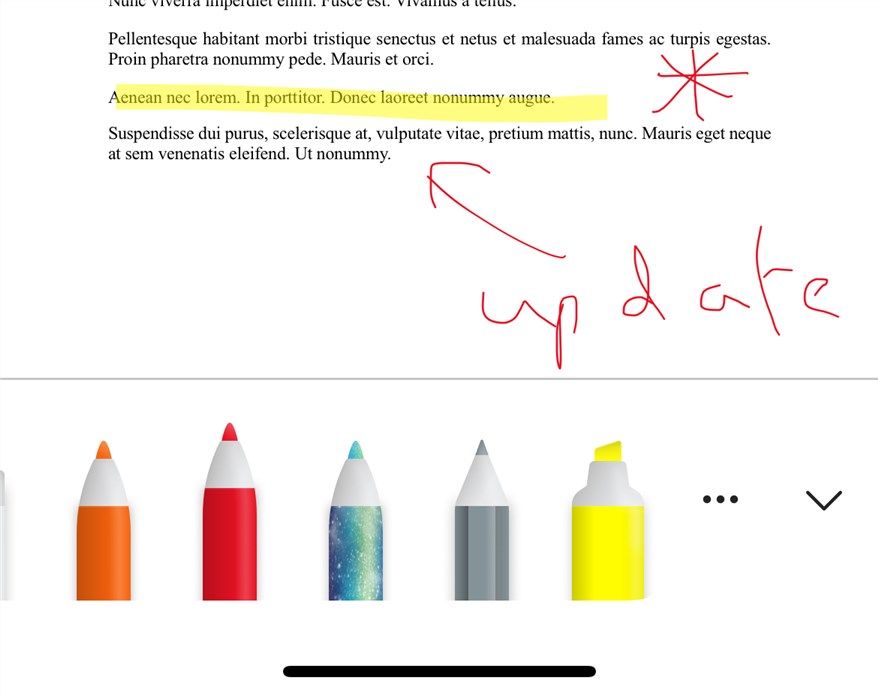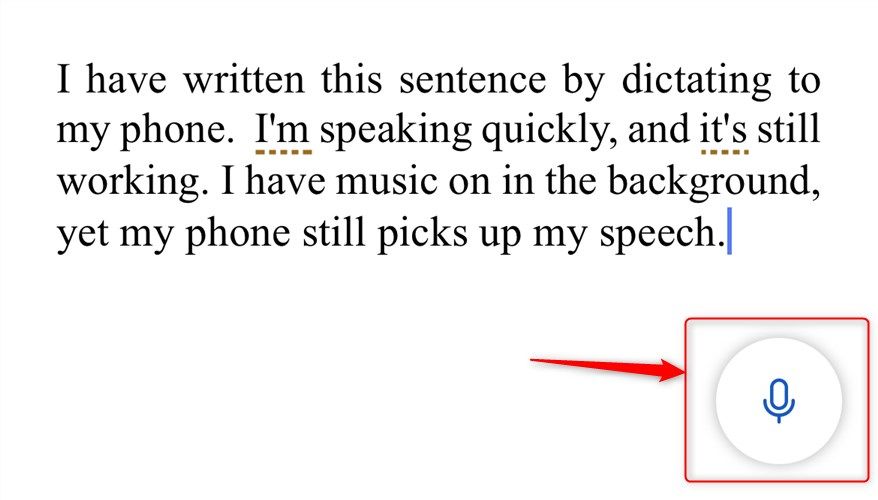Quick Links
Microsoft Word is available on desktop, mobile, and tablet, but it can sometimes be difficult to choose which is best. In this article, I’ll discuss some of the pros and cons of using the program’s mobile app, so you can decide whether it’s the most convenient version for you.
Some people prefer the Microsoft 365 mobile app, as everything is accessible in one place. However, I find that having the standalone Microsoft Office apps is better for working on two files at the same time.
Why Microsoft Word on Mobile Is Good for Document Creation
First, let’s look at the many benefits of the Microsoft Word mobile app.
Free for Basic Viewing, Creating, and Editing
If you only want to use Microsoft Word on your mobile for basic use, you can get the app for free—all you’ll need is a Microsoft account. This will let you view, create, and edit documents without a subscription, though you won’t be able to access some of the app’s more advanced features.
Whether you’re using the free or paid Word mobile app, all the editing tools are accessed via the ribbon at the bottom of your screen.
Automatic Saving (And Offline Access)
If you’re connected to the internet when using the Microsoft Word mobile app, AutoSave is always on and saves any changes you make as you go. You can always check that AutoSave is activated by tapping the three dots in the top-right corner of your screen.
The app’s integration with OneDrive is seamless—as soon as I make changes on my mobile, I can see them reflected on my desktop version of the same document. This also lends itself to effective real-time collaboration if you share the document with others from your mobile.
What’s more, even if you suddenly become disconnected, any changes you make will sync as soon as you re-establish a connection.
The Microsoft Word mobile app also lets you create a blank document if you launch the app when you’re offline, with the title bar changing to remind you that you don’t currently have an internet connection. You can also open files stored on your phone when working offline.
Mobile View for Optimized Viewing
Given the limitations that inevitably come with using the program on a smaller screen, it goes without saying that viewing and reading your document can present some challenges. However, Microsoft has you covered with the Word app’s Mobile View. Similar to the Draft View on desktop, it removes things that get in the way when you just want to read the text, such as natural page breaks, footnotes, and page numbers. It also changes the size of the font so that the text runs from one side of your screen to the other, meaning the margins don’t squeeze the document into a smaller column, and you get an enlarged scrollbar to make navigation even easier.
To access this view, tap the mobile phone icon at the top of your screen when in Print View (you’ll know when you’re in Print View, because you’ll see the full margin widths and natural page breaks).
Ink Annotations
Yes, you can access Drawing Tools via the Draw tab in the Microsoft Word desktop app, but this can be difficult to use, especially if you’re using a desktop mouse. The mobile app’s Start Inking option, however, is much easier to use, as it works better when you’re using a stylus or your finger. This is handy for adding quick annotations, highlighting existing text, scribbling your signature, or simply jotting handwritten notes.
To access this feature, switch to the “Draw” menu, and tap “Start Inking.”
From there, you can choose your pen type, and begin your freehand annotations.
Comfortable and Flexible
There are many physical benefits of using the Microsoft Word mobile app over the desktop app. For example, you might be more used to typing on a mobile phone than a desktop keyboard. Also, creating your document on your phone means that you can avoid repetitive strain injury, as you can choose somewhere more comfortable than your desk to sit and work. You might even consider using the Microsoft Word mobile app to dictate some text as you’re on your way to catch your morning train!
And if you don’t want to type at all, the Microsoft Word mobile app’s dictation feature works really well, especially since you can comfortably raise the mobile closer to your mouth when you’re talking. Although you don’t need to do this, as your phone’s microphone works well in the Word mobile app, it means you can dictate quietly if you’re in a busy café!
Where You Might Come Unstuck Using the Word Mobile App
On the other hand, there are several limitations to the Microsoft Word mobile app.
It Lacks Many Useful Productivity Tools
Even if you’re a Microsoft 365 subscriber, the main drawback of using the Word mobile app is that it lacks some of the most useful features that the desktop app offers. Here are some of the limitations that cause me the most issues:
- While you can switch between Print View and Mobile View, you can’t access the Outline View on mobile, meaning you can’t see the different Word styles you’ve used in your document.
- The Microsoft Word mobile app only has very basic Find And Replace Tools. In the desktop app, you can find and replace special characters, but this isn’t possible in the mobile app. This could present significant hurdles if you’re editing long documents.
- The mobile app lets you use existing styles in the Word document, but you can’t modify the styles. Instead, you have to use direct formatting, which can take quite some time if you’re creating or editing a lengthy document.
- Sometimes, it’s useful to add a border to text in Microsoft Word. For example, bottom borders can serve as handy visual separators. Unfortunately, you can’t do this in the mobile app.
- While you can create custom numbering and multilayered lists using the Microsoft Word desktop app, these are privileges you can’t use in the mobile app.
- You can’t use Mail Merge in the Word mobile app, meaning you can’t create and print bulk letters, emails, and other types of documents.
- You can only create and use macros when using the Microsoft Word desktop app.
No Keyboard Shortcuts or Customization
This might seem like an obvious drawback, but it’s one of the main reasons I tend to prefer using the desktop app. Microsoft Word is well known for its complex ribbon with numerous tabs, groups, and menus. As a result, many power users like to customize the ribbon and Quick Access Toolbar, or learn the best Microsoft Word keyboard shortcuts to speed up their workflow and get the most out of the app.
Because these personalization features aren’t available in the mobile app, working on a lengthy document takes a lot longer than in the desktop app.
All in all, the Word mobile app is great if you only need the basic features, are likely to edit your documents on the go, want to use the program as a makeshift digital voice recorder, and don’t fancy using a clunky desktop keyboard. On the other hand, if you need to access some of Microsoft Word’s more advanced formatting and editing features, and you want to customize your user interface to speed up your workflow, you’re probably more suited to the desktop app instead.


